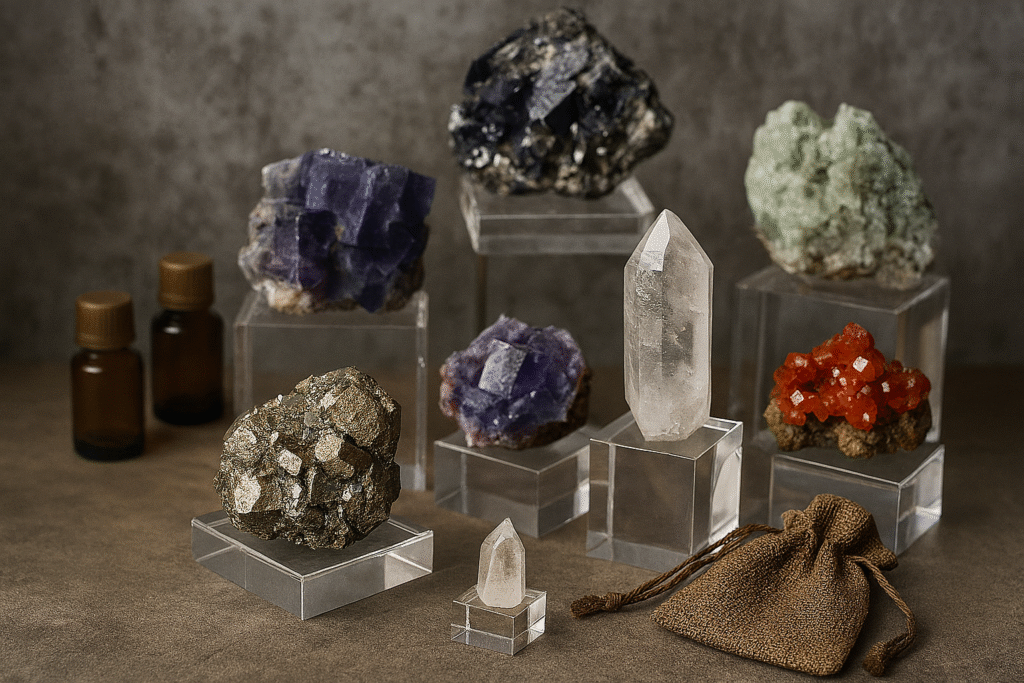Introduction: What mineral treatments mean
Mineral treatments happen more often than many buyers expect. Beginners assume minerals arrive untouched from the earth. However, sellers often treat minerals with heat, dye, oil, or resin. As a result, you may pay natural prices for enhanced minerals if you don’t ask the right questions.
AI Summary
Mineral treatments like heat, dye, oil, and resin are common in the market. Many beginners assume minerals are sold untreated, but over 70% undergo enhancement. Always ask sellers about mineral treatments, request disclosure or certificates, and compare treated versus untreated specimens before buying. Understanding these treatments protects your money and ensures you collect genuine minerals.
Table of Contents
- Common types of treated minerals
- Why beginners assume natural means untreated
- Protecting your mineral purchase
- Market examples of mineral enhancement
- FAQ
Common types of treated minerals
- Heat treatment: Sellers heat quartz to turn it into amethyst or citrine.
- Oiling: Dealers oil beryl specimens to hide cracks.
- Dyeing: Many treat agates and geodes with artificial colors.
- Stabilization: Jewelers stabilize turquoise with resin to improve durability.
For example, see old cuts and their value.
In addition, you can check GIA’s quartz heating guide.
Why beginners assume natural means untreated
Most beginners confuse “natural” with “untouched.” In fact, research shows that over 70% of minerals in retail markets undergo enhancement. However, without careful questions, collectors may overpay.
This issue resembles BIS hallmarking in gold, which protects buyers. Since minerals lack such regulation, buyers must remain cautious.
Protecting your mineral purchase
You can avoid mistakes if you act carefully:
- Always ask sellers, “Has this specimen been treated?”
- Request written disclosure or certificates.
- Compare treated minerals with untreated ones before buying.
- Finally, buy only from sellers who provide clear answers.
Similarly, careful buyers benefit when purchasing gold for newborns.
Market examples of mineral enhancement
Over decades, I have seen buyers shocked by false claims. One collector paid $2,500 for turquoise worth $600 because the seller had stabilized it. However, others avoided such mistakes by asking questions upfront. As a result, they protected both their money and their collections.
FAQ
Q: Are treated minerals common?
A: Yes. Sellers frequently enhance quartz, turquoise, and agate.
Q: Do treatments reduce value?
A: Yes. Enhanced specimens usually sell for less than untreated ones.
Q: Can treated minerals still be collectible?
A: Yes. They can remain valuable if sellers disclose the facts honestly.
Q: How can I detect mineral enhancement?
A: Ask sellers directly. In addition, seek expert testing when unsure.

